Affiliate links on Android Authority may earn us a commission. Learn more.
2023 will be the year foldables go mainstream
Published onJanuary 23, 2023
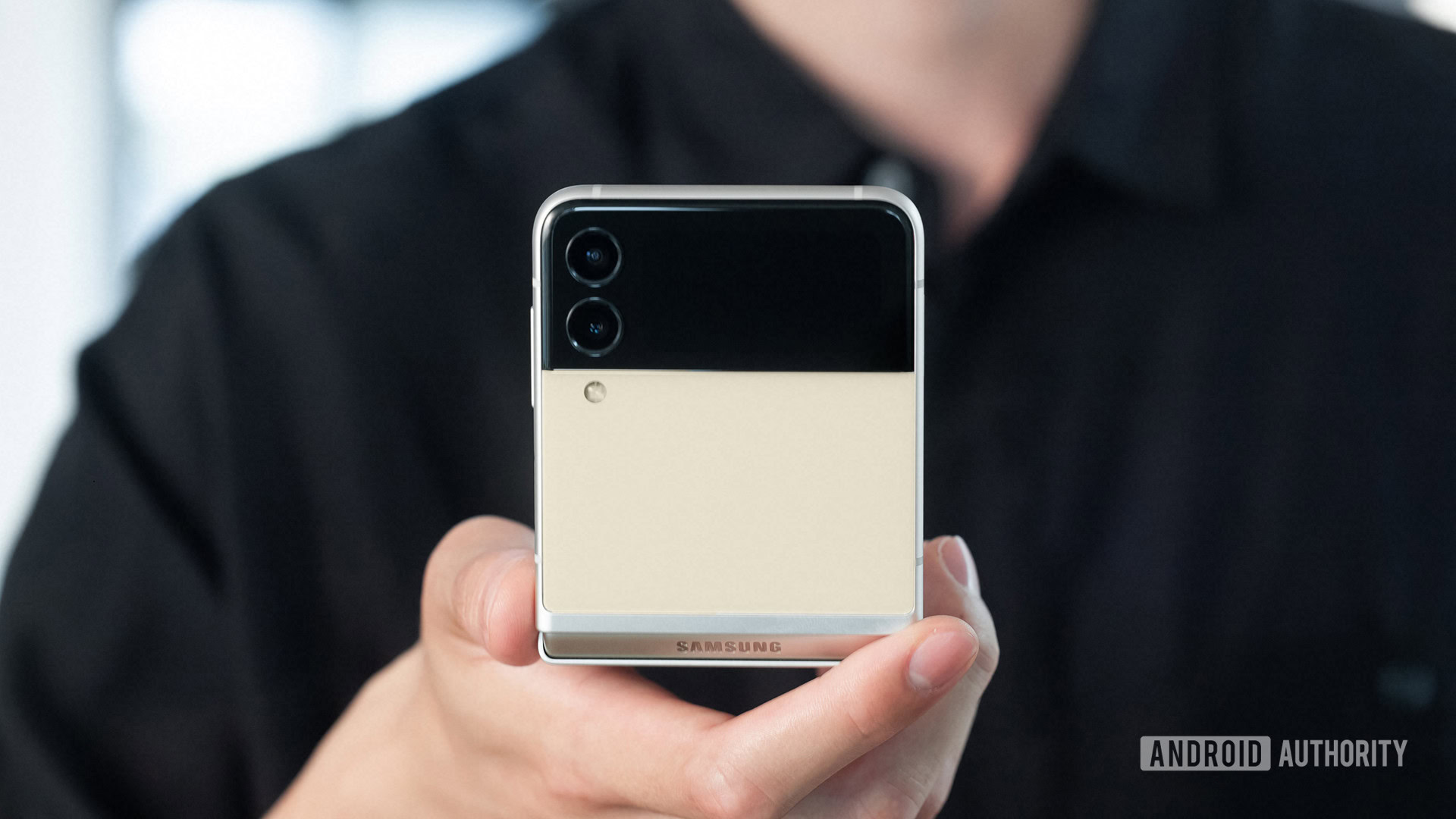
The growth of the foldable smartphone market should come as no surprise to anyone with even a passing interest in the mobile business. As traditional smartphones hit peak innovation, the ensuing slowdown in upgrades is making them boring, and some of the best foldable phones are taking up the mantle of innovation.
The unique use case opportunities that come with a futuristic form factor make foldables some of the most exciting, eye-catching products on the market. In fact, most would agree that foldable phones are the natural next step in the evolution of handheld computing.
Shipments of foldable phones are expected to increase by 52% this year.
A recent report by Counterpoint Research claims that shipments for foldable phones will increase by over 52 % in 2023 to reach as much as 22.7 million units. In isolation, that number might seem like a tiny fraction of the hundreds of millions of phones shipped yearly. However, taken in the context of the ultra-high-end flagship market, it represents a notable inflection point.
Even if foldable phones don’t take over sales from regular flagships just yet, I’m convinced 2023 is the pivotal year towards securing their seat as the future of mainstream smartphones. Here’s why.
Are you buying a foldable phone in 2023?
Samsung is going all-in on foldables
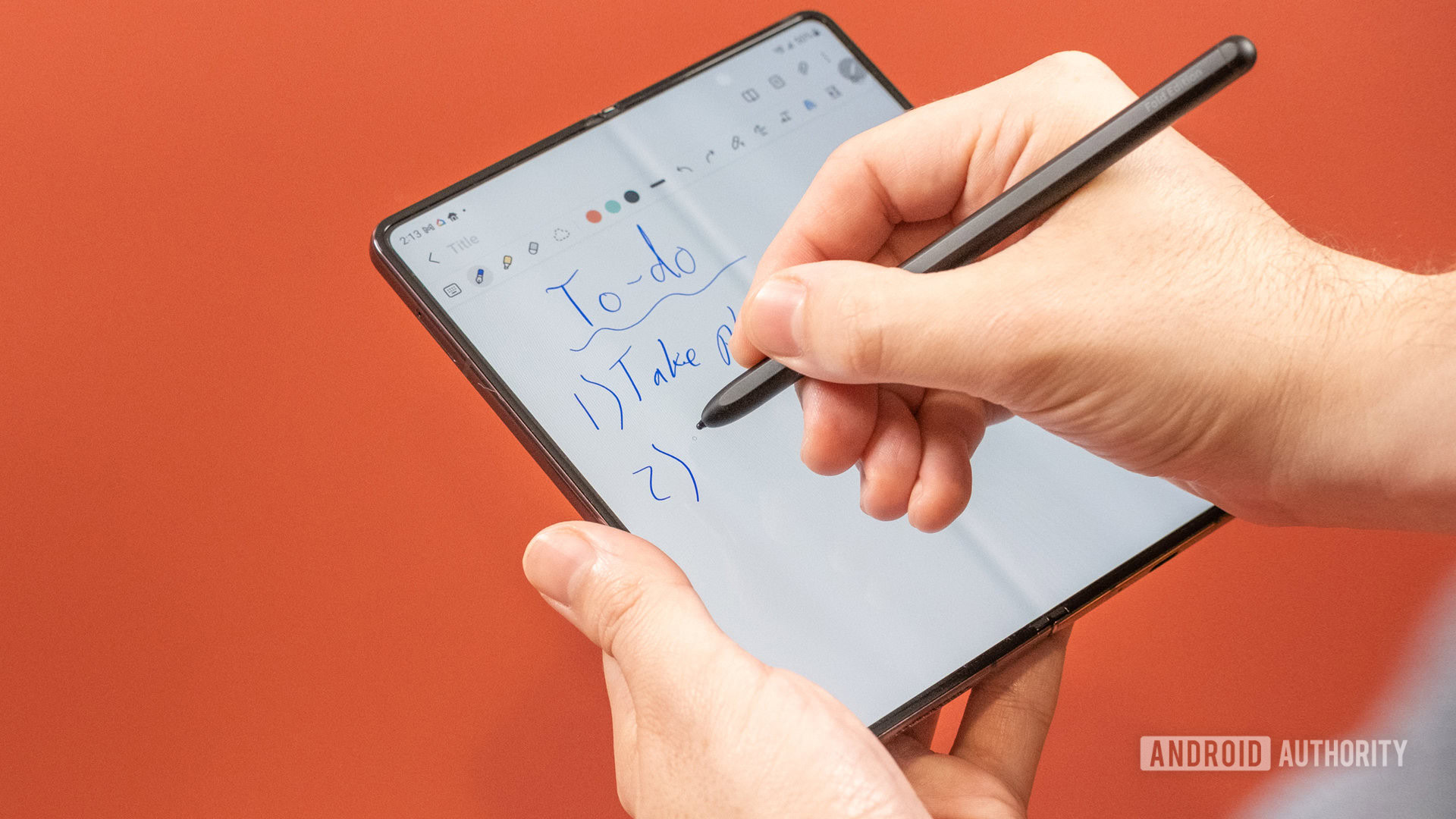
Samsung’s early entry into the foldable space has given the South Korean brand a near monopoly in the foldable smartphone category in western markets. Last year, Samsung claimed that shipments for the Z Fold 4 and Z Flip 4 doubled over that of the previous generation of foldable phones in Europe. The Z Flip 4, in particular, has led sales in the category and accounted for over 60 % of all foldable sales for the company. That in itself isn’t surprising, given the lower price point of the pocket-friendly foldable smartphone.
The Galaxy foldable lineup looks poised to match or surpass sales of Samsung's conventional Galaxy S22 and S22 Plus.
What is interesting, however, is that extrapolating data from 2021 numbers, Samsung’s foldables sales might already be on track to match those of the Galaxy S22 and S22 Plus. Previously, Samsung revealed that it contributed significantly to the 10 million foldable phones shipped in 2021. Meanwhile, the company might also be on track to miss its sales target of 30 million units for the entirety of the Galaxy S22 series, including the best-selling S22 Ultra. Clearly, the market is burnt out on iterative updates to regular flagships.
As sales for foldable phones continue to be on the rise, it wouldn’t be a stretch to imagine the Z Flip as the perfect sub-flagship in Samsung’s high-end lineup. The company is clearly no stranger to consolidation. It readily cannibalized the Note series by merging it into the primary S series lineup to reduce overheads and drive profits through a singular model.
Rumors are already swirling that Samsung might reconsider its middle-of-the-road Galaxy S24 Plus model for next year. At a very similar price point, the Z Flip 4 could very well occupy that position amongst its flagship lineup.
Reducing the crease and thickness could help draw holdouts into the fold.
Moreover, this year, Samsung is rumored to make massive strides to perfect the foldable form factor. Early Z Flip 5 and Z Fold 5 leaks suggest a new hinge that will dramatically reduce the visible crease and overall thickness of the phone — two aspects that have kept people off the foldable bandwagon so far.
Additionally, improved camera sensors are expected to play a big role in improving overall image quality, bringing feature parity with the mainline S series. All of which is to say that it is clear and evident that foldable phones sit front and center in Samsung’s flagship smartphone strategy.
More competition, more options
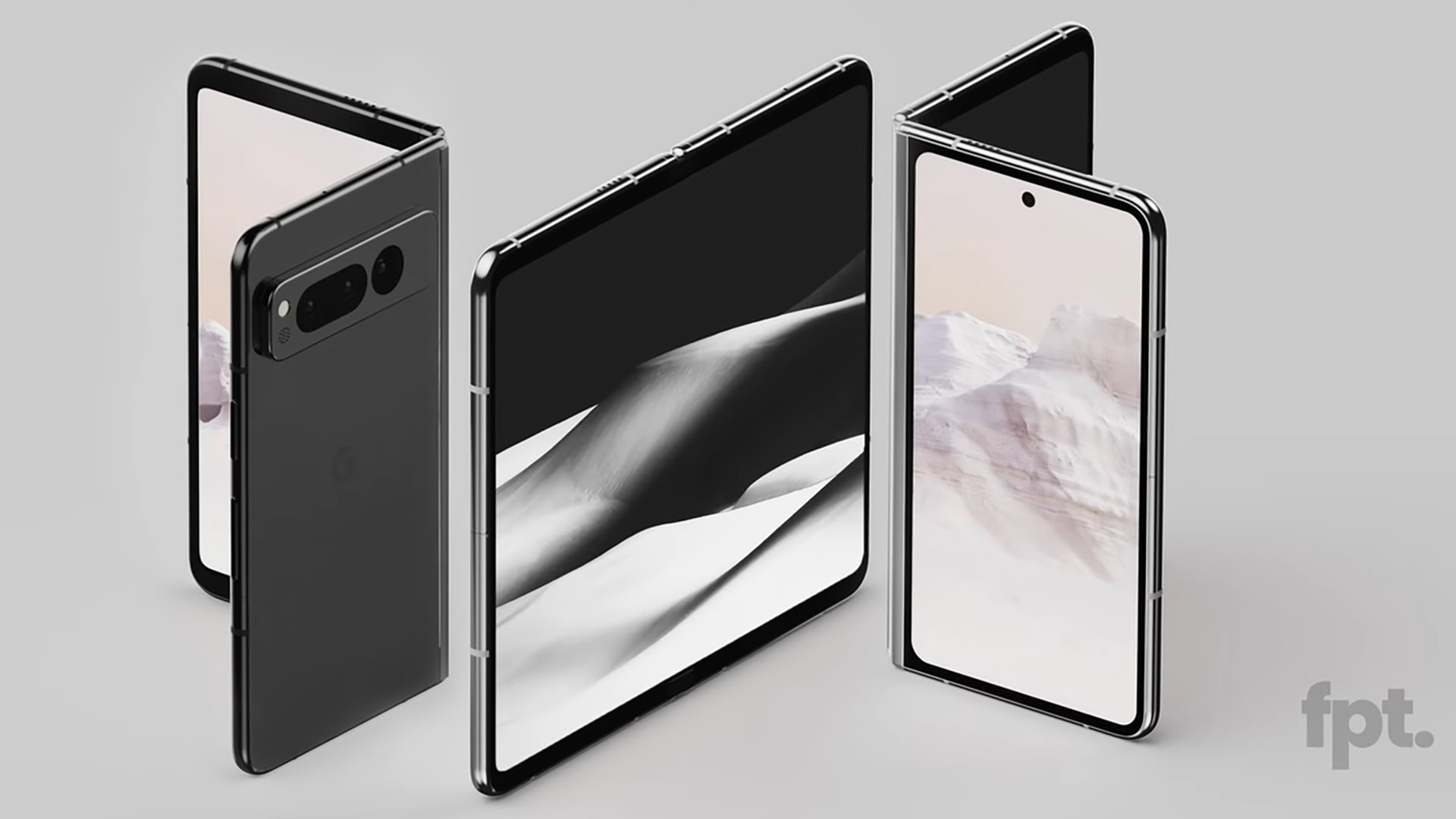
While Samsung has long been the dominant player in the foldable smartphone market, there’s competition on the horizon. With the Google Pixel Fold all but confirmed, we expect a lot more noise about the form factor this year.
Google's Pixel Fold will give the category more legitimacy by offering an alternative to Samsung's monopoly.
Google’s entry into the space gives it much-needed legitimacy. Even though foldable phones are much more commonplace, they still sit on the sidelines of mainstream phones and are generally looked at with curiosity. App development and foldable-friendly experiences are still limited too. A Pixel-branded foldable phone and ensuing marketing blitz could very well be the impetus needed to take foldable phones mainstream and incentivize developers. More so if the new Fold packs the same stellar imaging credentials and competitive price points that Pixel phones are known for.
Similarly, rumors suggest that the next Microsoft foldable will pack a regular folding display instead of the two-screen design we’ve previously seen with the Surface Duo lineup. Redmond’s dual-screen smartphone hasn’t exactly set the consumer smartphone world on fire but has seen traction in the enterprise space — a segment where the Galaxy Z Fold series has also had a lot of success. More options and more visibility are bound to have a positive effect on the smartphone market at large.
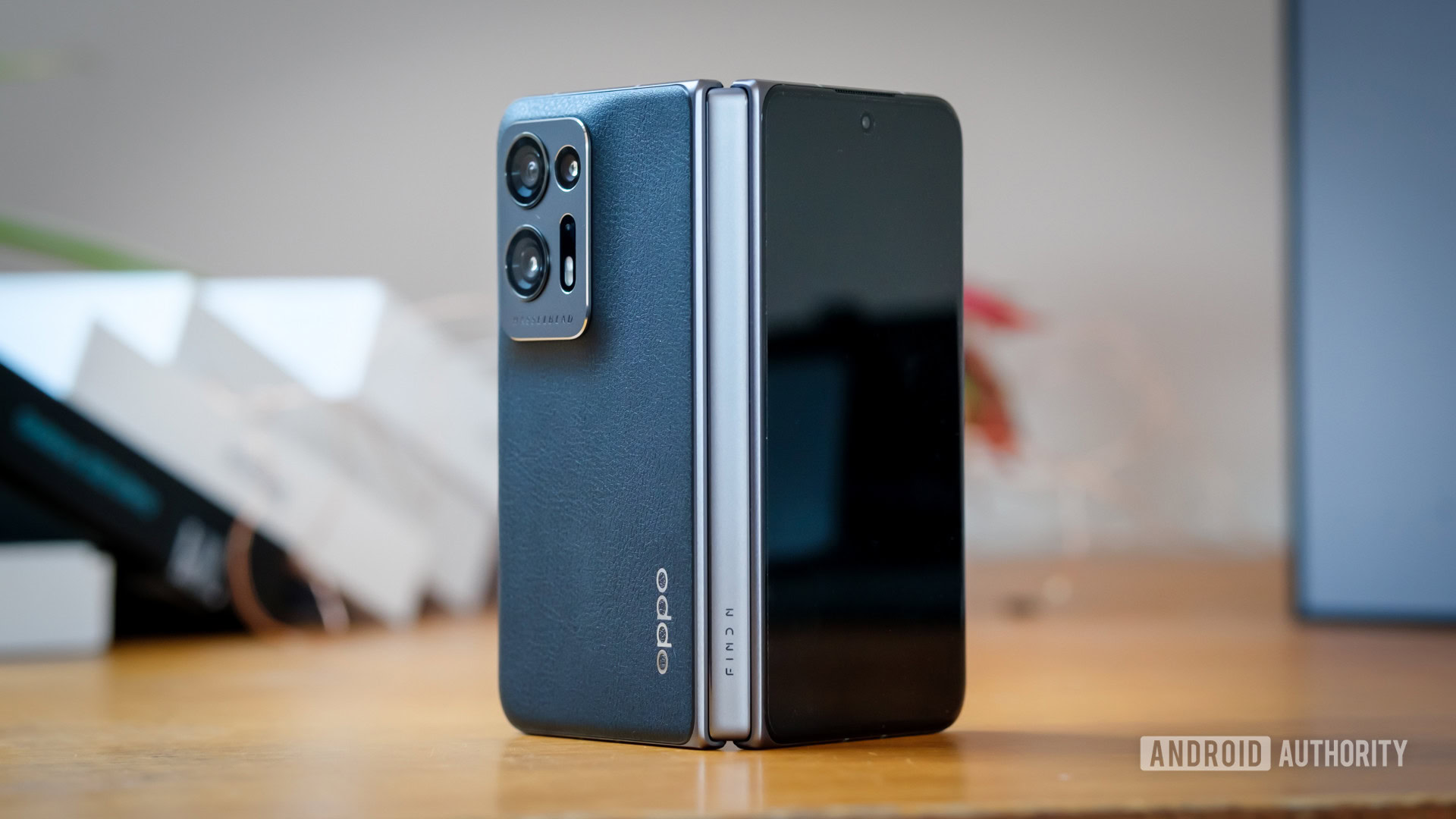
The entry of Chinese smartphone players in Europe will also accelerate that transition. Already, HONOR has committed to bringing the Magic Vs to Europe this year. Similarly, OPPO, vivo Xiaomi, and others are expected to showcase their foldable offerings at MWC 2023 and give us a more definitive look at their European roadmap.
Innovative Chinese foldables are expected to broaden foldable competition category.
The European expansion for Chinese foldables is expected to have serious ramifications for more reasons than one. For one, the smattering of options with different screen sizes, software experiences, and competencies will open the door to a wider set of audiences with their own brand affinities.
Additionally, it is expected to set in motion economies of scale for foldable phones. With more options on the market and accompanying sales, the larger foldable smartphone market is, predictably, expected to drive significant volumes across the length and breadth of component sourcing. This will go a long way to help drive down prices, leading to more affordable options in the not-too-distant future.
An inflection point towards taking foldables mainstream
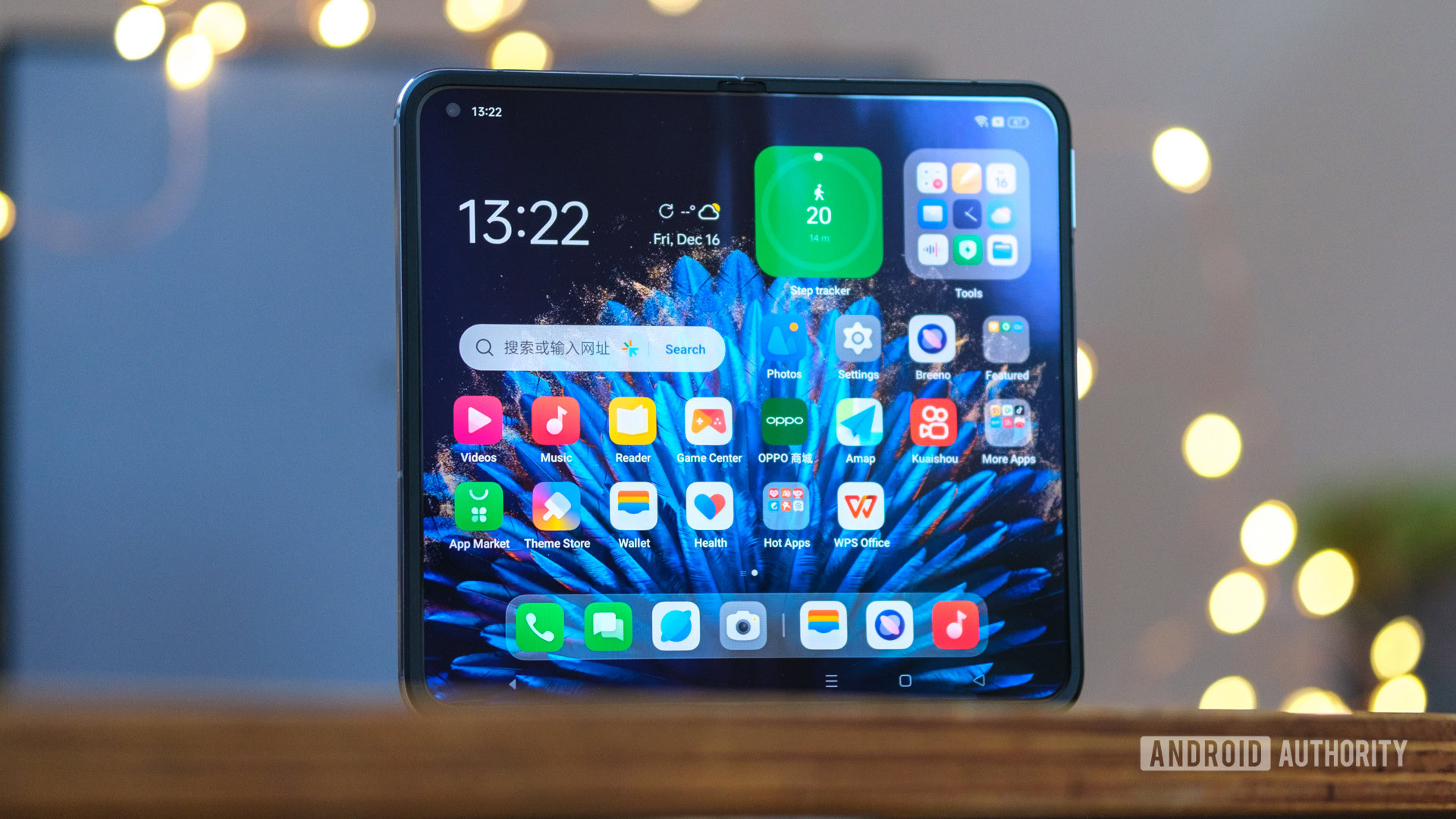
It would be foolhardy to claim that foldable phones are set to take over the world. However, 2023 is shaping up as a pivotal year for the category’s growth. Between the expected refinement, the entry of players like Google, HONOR, and others, and the sheer number of options on the market, 2023 will set the tone for and, ahem, unfold the success of foldable smartphones for years to come.